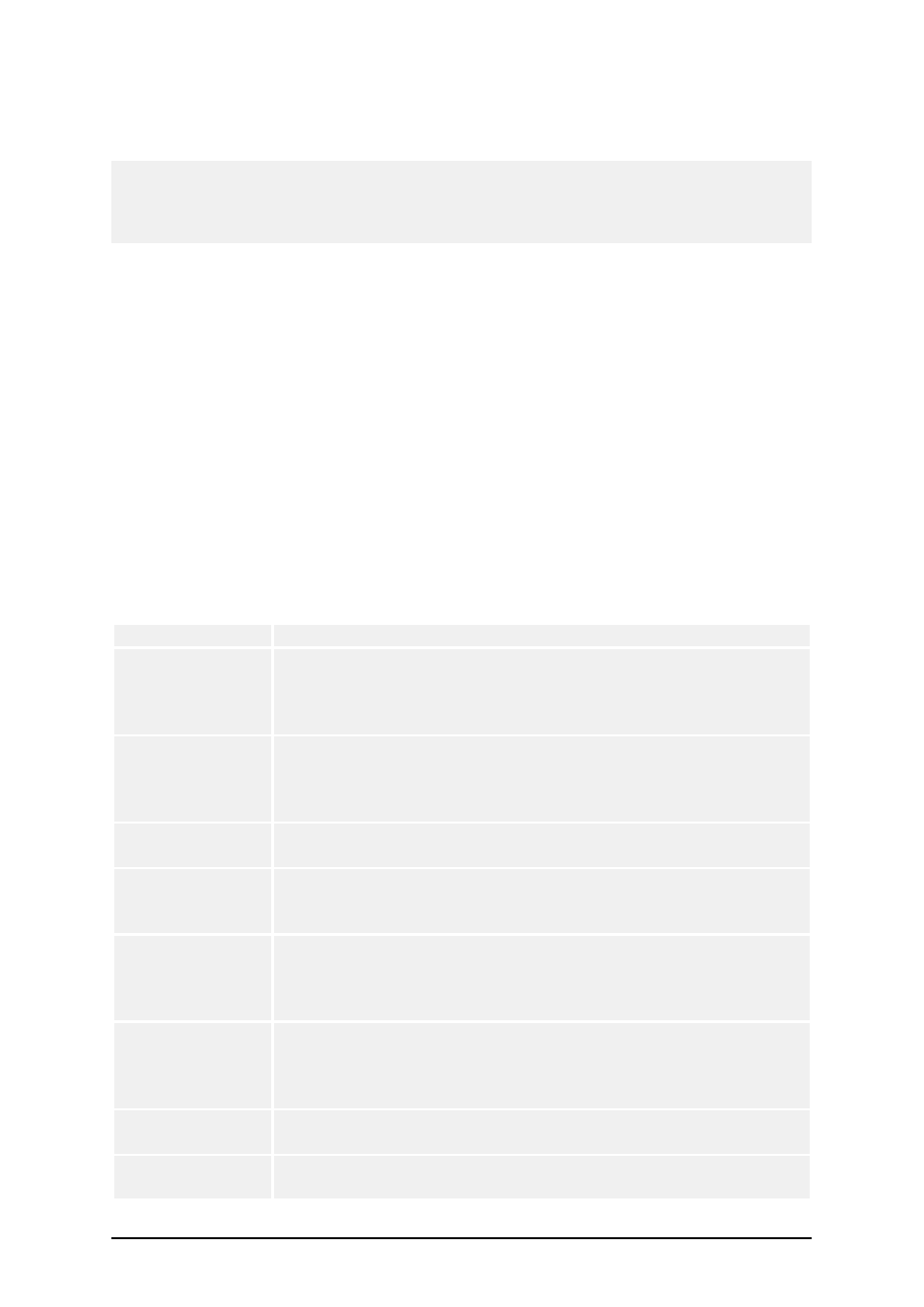Command file: csv file – QuickLabel Designer Pro User Manual
Page 181

- 181 -
n
Action Run Command File in applications Power Forms (application generator) and
(automation module).
Note: When working with job files make sure to remember that the '\n' sequence is understood as the
newline character. If you have the folder names beginning with '\n' you have to put an extra back-
slash character in front of the sequence. You must encode the path and filename 'c:\N-
ewJobs\Print.JOB' as 'c:\\NewJobs\Print.JOB'.
Command File: CSV File
The commands available in the CSV command files are a subset from NiceCommands. You can use
the following commands: Label, Set, Port, Print and Printer. Of course, the syntax of the commands
differs a little bit when used in CSV file.
CSV Command File Structure Explained
The CSV stands for Comma Separated Values. This is the text file where field values are delimited
by the comma (,) character. The text file can contain Unicode value (important for multi-language
data).
Each line in the CSV file contains the commands for one label printing.
The first row in the CSV command file must contain the column names. This is important for the
labeling software to know what is the order of appearance of fields and how is the data organized.
Several column names are pre-defined.
Column Name
Description
@Label
The name of the label to use. It is recommended to include label path
and filename. Note: You can provide label name only, but be sure
that print engine will try locate the label in the correct folder. Is
required.
@Printer
Use this field to override the printer defined on the label. Print the
label to some other printer. The other printer must be accessible
from this computer. Use the printer name for value of this attribute.
Not required.
@Quantity
Use this field to specify the number of labels to print. Possible
values: numeric value, VARIABLE or UNLIMITED. Is required.
@Skip
Use this field to specify how many labels to skip at the beginning.
This feature is useful if you print sheet of labels to laser printer, but
the sheet is partial already printed. Not required.
@IdenticalCopies
Use this field to specify how many label copies should print for each
unique label. This feature is useful when printing labels with data
from database or when you use counters, and you need label copies.
Not required.
@NumberOfSets
Use this field to specify how many times the printing process should
repeat. Each label set defines the occurrence of the printing process.
For example: setting this value to 5 will cause the printing process to
repeat five times. Not required.
@Port
Use this field to specify the port name for the printer. You can over-
ride the default port as specified in the printer driver. Not required.
Other fields
All other fields define the name of the variables from the label. The
fields provide values for variables.
